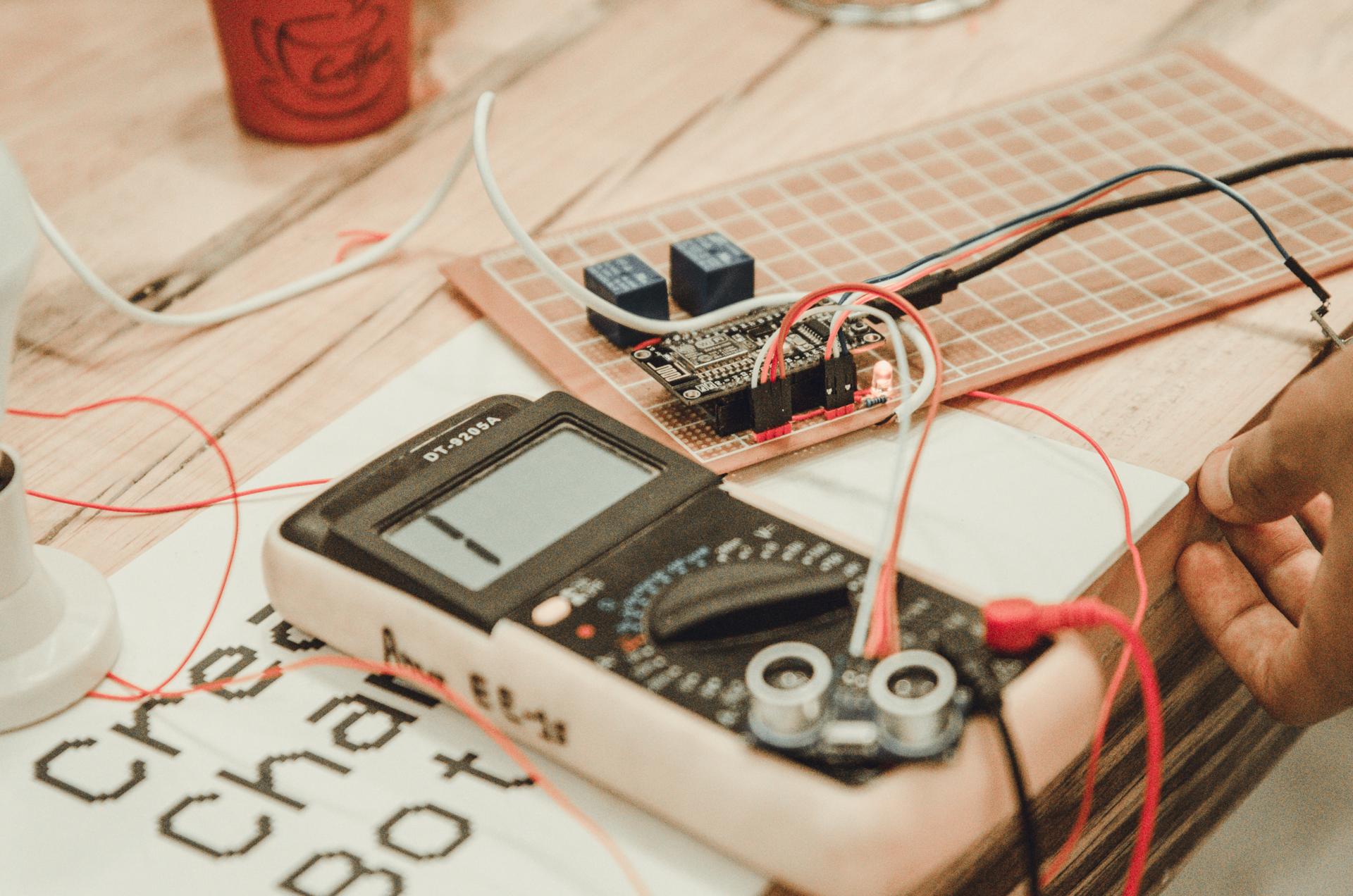Why You Should Care of Electric Security Testing in Your Home

In the realm of security in your home, one of the most crucial aspects to be considered is electrical safety. Electrical safety testing is the process of checking the electrical system in your home to make sure it’s safe and up-to-code. In this article we’ll provide the basics of what electrical safety testing are, what equipment you’ll require in order to carry them out, how to carry out the tests and what warning signs you should be on the lookout for.
What’s an Electrical Safety Test?
A safety test for electrical appliances is the procedure of examining the electrical system in your home to ensure that it’s functioning safely and properly. Safety tests for electrical appliances are crucial as they can avoid electrical fires and accidents and also ensure the long-term durability that your electric system has.
Tools Needed to conduct an electrical Safety Test
In order to conduct an electrical safety test you’ll need a few essential tools. They include an electrical voltage tester and a continuity tester circuit tester as well as an outlet tester. A voltage tester can test for live circuits while the continuity tester checks for damaged circuits. The circuit tester is used to check for wiring faults as well as the outlet tester is used to check for electrical issues in outlets. It is crucial to use these devices correctly to get exact results.
How to Conduct an Electrical Safety Test
To conduct an electric safety check inside your home, follow these steps:
Shut off the power supply to the circuit you’re conducting tests on.
Use the voltage tester to check whether there are live circuits.
Make use of this continuity tester to check for broken circuits.
Make use of the circuit tester for checking for electrical faults.
Make use of the outlet tester to look for electrical problems in the outlets.
When testing Be sure to check for any signs of damage or wear on the wires that could indicate frayed or broken wires, burn marks, or loose connections. If you discover any problems, it’s important to address them as quickly as you can to prevent potential hazards.
Signs of Electrical Problems to Look Out For
There are many indicators that may indicate electrical issues in your home. They include flickering light bulbs, frequent circuit breaker tripping noises that crackle or buzz from outlets, outlet that are hot or discolored as well as a burning smell. If you spot any warning signs, it’s important to act immediately to prevent any electrical dangers.
Conclusion
Electrical safety tests are crucial to ensure your safety and your family. By conducting regular tests and addressing any issues promptly, you can avoid potential dangers to your electrical system and prolong the lifespan of your electrical system. If you need assistance with electrical testing and repairs, don’t hesitate to contact Local Electrician Ringwood. Our team of experts can give you professional guidance and support. Contact us via 1300 933 820 to schedule an appointment or request a quote.
FAQ Section
When should I conduct an electrical safety check in my home?
We recommend conducting tests of electrical safety at least once per year.
Can I perform an electrical safety test on my own , or do I need a professional?
While you can perform the electrical test yourself however, it’s advised to employ an expert to ensure the accuracy of results and to avoid any potential dangers.
Which are the top common electrical issues that are discovered in an electrical safety check?
The most common electrical problems discovered during a safety check include malfunctioning wiring, overloaded circuits and obsolete electrical systems.
What should I do if discover a problem during the electrical safety test?
If you find an issue in the electrical safety test it is important to act immediately. This may include getting an experienced electrician to resolve the issue or replacing the equipment that is malfunctioning.
